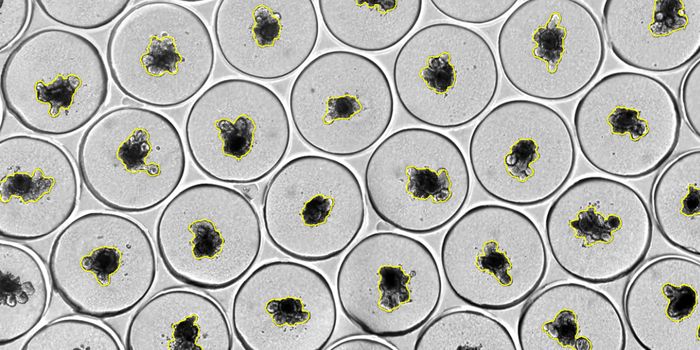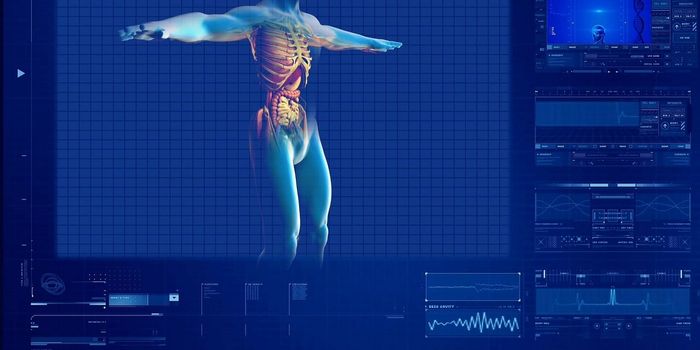Mitigating cancer pain through exercise
In addition to the emotional and physical complications that go hand in hand with a cancer diagnosis, there is often the unwelcome presence of long-term pain. A recent study published in the journal of the American Cancer Society looked at data from 62,090 participants to shed light on a potentially powerful, somewhat surprising, tool for mitigating cancer-related pain: exercise.
The study included 51,439 individuals with no history of cancer and 10,651 with a cancer history. The cohort with a history of cancer included individuals with variable cancer types, such as breast, prostate, colorectal, lung, hematological, and more.
The findings revealed a noteworthy association between physical activity and pain intensity in both groups. Participants who engaged in no physical activity experienced more pain compared to those with some level of activity, irrespective of cancer history. Exceeding recommended physical activity guidelines was linked to less pain in both groups. There was no significant relationship between physical activity and analgesic use in individuals with a history of cancer.
Individuals who became active or remained active reported less general pain than those who remained inactive. Additionally, individuals who were previously active but became inactive also experienced less pain than those who consistently remained inactive.
The study also explored potential modifying factors like sex, cancer site, and treatment type as influential factors within the cancer survivor group. Women exhibited a stronger relationship between physical activity and pain than men, emphasizing the need for sex-specific considerations in pain management strategies. Additionally, variations in exercise pain relief were observed based on cancer site, with slightly more positive effects for breast cancer survivors. Treatment type also played a role, with the strongest physical activity–pain relationship identified in individuals who underwent both chemotherapy and radiation therapy.
Overall, this study provides compelling evidence for the positive impact of exercise on cancer-related pain. The association between physical activity and pain intensity was consistent across individuals with and without a history of cancer. This study paves the way for healthcare professionals to consider incorporating personalized exercise programs into cancer survivorship and pain management plans when possible, with attention to demographic factors such as sex, cancer site, and treatment history.
Sources: American Cancer Society








